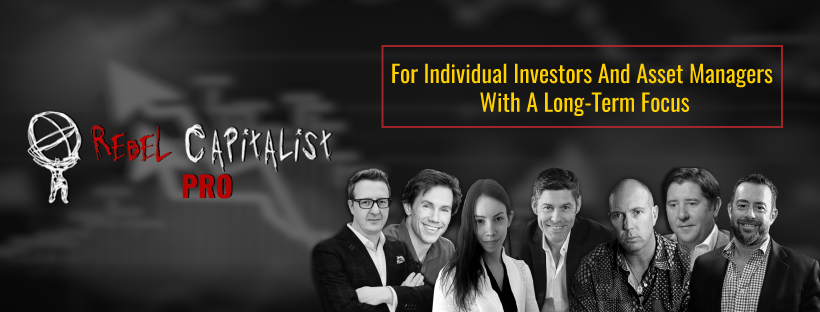Will the Reverse Repo Market Cause Deflation?
As we have discussed a lot in recent weeks, the reverse repo facility at the Fed has exploded due to a “glut of cash” in the financial system.
Financial firms are parking their dollars at the Fed because interest rates are so low that there are not many other options in the market. Options are so slim in the eyes of these firms that they are willing to accept a whopping 5 basis points for parking their dollars at the Fed.
When financial firms choose to take money out of the commercial banks and place it in the Fed’s reverse repo facility, they reduce the lending capacity of the banks to create more dollars to circulate in the real economy.
Zoltan Pozsar from Credit Suisse recently shared a warning that all these bank deposits and reserves heading to the Fed could create market volatility in unexpected places. In other words, a market crash.
Zoltan has made a name for himself on Wall Street from his work in helping clean up debt markets post- Great Financial Crisis and for predicting the 2019 repo market panic before it occurred.
His sentiments are shared by others on Wall Street who are concerned that the number of deposits leaving the banks could create deflationary pressure on the market and a drop in asset prices.
Deflation Difference
When we talk about deflation, we need to be sure we know which type we are referring to.
The first type of deflation is generated by a healthy economy where the production of goods and services creates jobs, profits, and income and the subsequent demand for these goods and services.
In this type of deflation, lower prices lead to an increase in purchasing power and higher demand for goods and services. As this process continues, the economy experiences growth, and the cycle repeats itself.
The second type of deflation occurs in a debt-driven economy. Instead of purchasing power originating in the production of goods and services, participants in the economy obtain purchasing power from debt in the form of credit cards or other loans. This debt-driven demand creates economic growth.
But instead of lower prices increasing purchasing power in this second form of deflation, the lower prices lead to potentially lower wages and an increased debt burden for the market participant because the debt payments do not change even though wages decrease.
This leads to a decrease in purchasing power, lower demand for goods and services, and negative economic growth. The negative economic growth then puts more downward pressure on prices and the cycle repeats itself, eating away at the standard of living with each revolution.
The key difference between the two types of deflation is that the first creates more demand in the economy for goods and services because of lower prices while the other creates less demand in the economy for goods and services because of lower prices.
Deflation AND Inflation?
As financial firms continue to hold their money in the Fed instead of the commercial banks, this will reduce lending capacity and put deflationary pressure on asset prices. The question is whether this deflation will create higher or lower demand for goods and services, thus creating more or less economic growth.
Unfortunately, our financial system is built on debt as both government and corporate debt levels are at all-time highs, meaning that lower prices would probably lead to lower demand and slower economic growth.
At the same time, we know the government must have inflation to help pay off its massive debt load. Since this is still the case, we can assume the Fed will continue to monetize the federal government’s deficit spending and print all the dollars taken out of the economy by the reverse repo facility.
So, while the commercial banks will be creating deflationary pressures, the Fed will be countering with inflationary money printing in a vicious cycle that will only grow larger and bring about even more uncertainty and volatility to the markets.
These conflicting economic forces will be interesting to monitor in the coming weeks and months as they hopefully bring us closer to uncovering the result of our uncertain economic future.


Comments are closed.